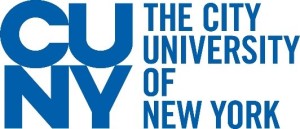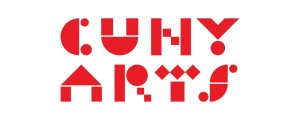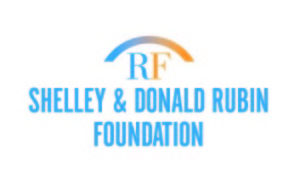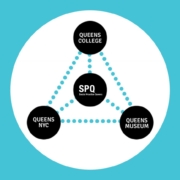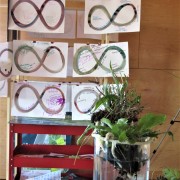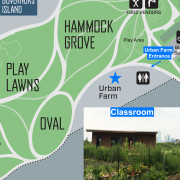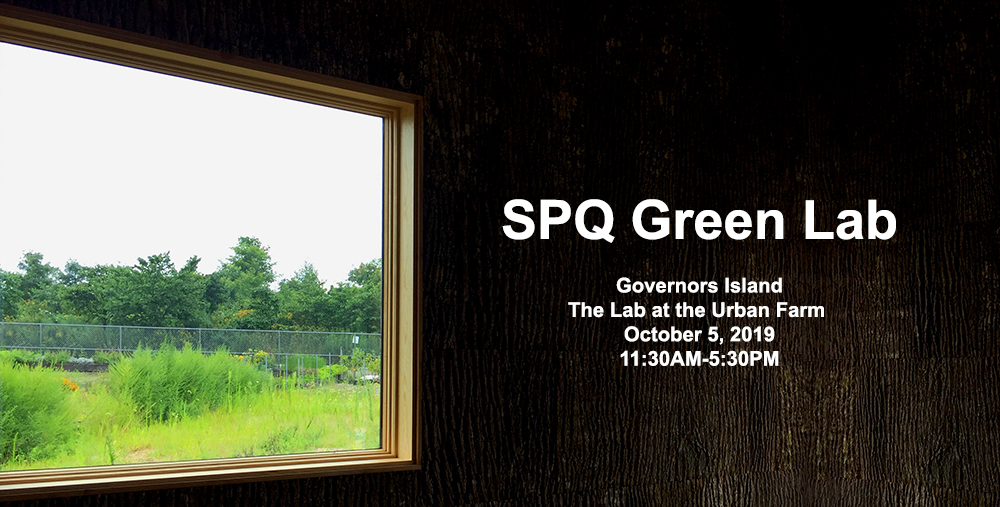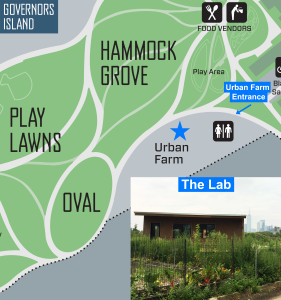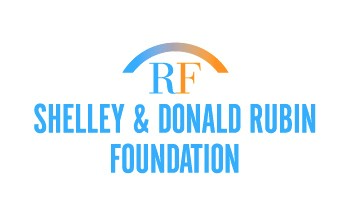SPQ’s held its first ever program on Governor’s Island on Saturday October 5th. From 11:30 AM to 5:30 PM, we had back to back workshops based in the Urban Farm and the new covered structure, dubbed “The Lab,” built by a group from Parsons. One current certificate student, two alumni, and a faculty member presented their projects around this year’s broad environmental theme. After months of planning and some twists and turns in the process, everyone was excited and curious to see what it was like to work in this new location. It was a crisp, sunny, early autumn day, without a cloud in the sky – perfect weather for trying new things!
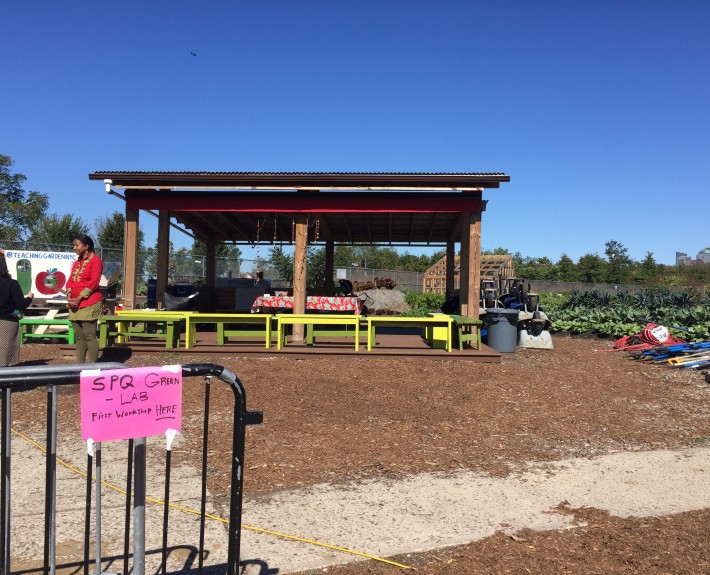
The first project was organized by Jamerry Kim: Cooking and Communing: a Lenape recipe by Touching Leaves Woman. We set up in GrowNYC’s garden and outdoor seating space next to the Lab, which was graciously lent to us for this workshop since it involved food. Jamerry’s practice addresses language, history, and place, bringing historical documents for reinterpretation to inform the present.
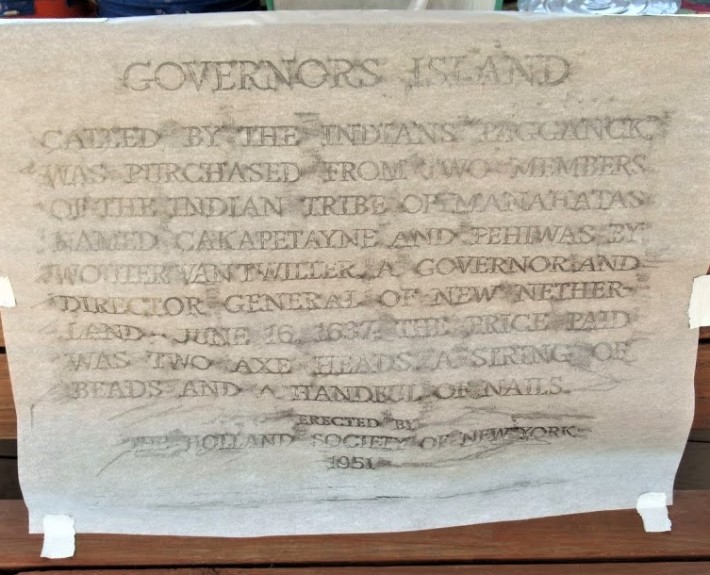
For Green Lab, Jamerry responded to the plaque on Governor’s Island that tells the story of the Dutch settler who “bought” the island from the Lenape Indians for ‘two ax heads, a string of beads, and a handful of nails in 1637.’ She created a rubbing of the plaque and invited a representative from the Native Indian Community House to share more about regional Lenape history and to demystify this transaction. Then, as a way to acknowledge the history of the land and to give thanks for the fall harvest, we shared a meal of Lenape dishes. Though Jamerry had originally planned to demo the preparation of the recipes, in order to adapt to the current limitations of the site, she graciously cooked the whole meal for us in advance.
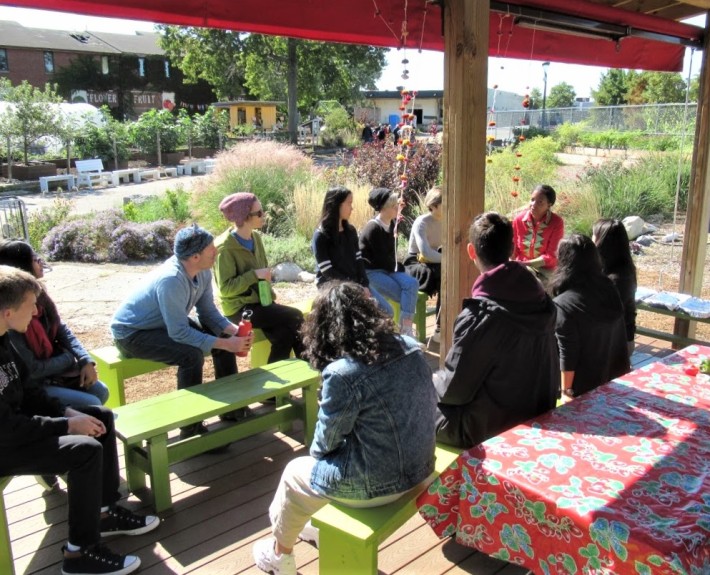
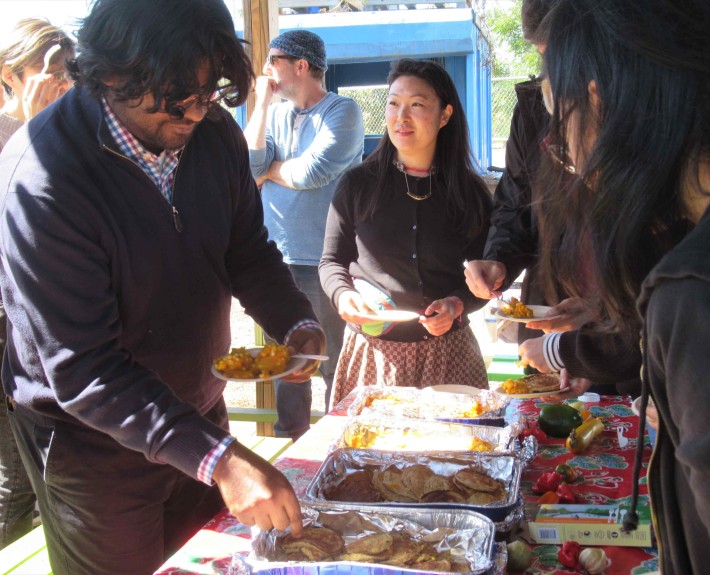
Sweet potato, corn, and jerky kept us all fueled for the next project by QC Urban Studies professor, Rafael de Balanzo Joue: Resilient Thinking Collaborative Workshop.
Rafael’s workshop addressed some of the very things we had already experienced and talked about that day. Just as the island was passed down (sometimes violently or aggressively) through different owners, bringing us to the present moment where cultural groups are now invited to occupy the architectural shells from America’s colonial past (sans electricity and proper building codes for cooking) – so the island would go through more cycles of being built up, destroyed, and recreated. Rafael researches these cycles of “creative destruction” whereby catastrophes, both social and ecological, make way for once marginal agents to rebuild their environments.
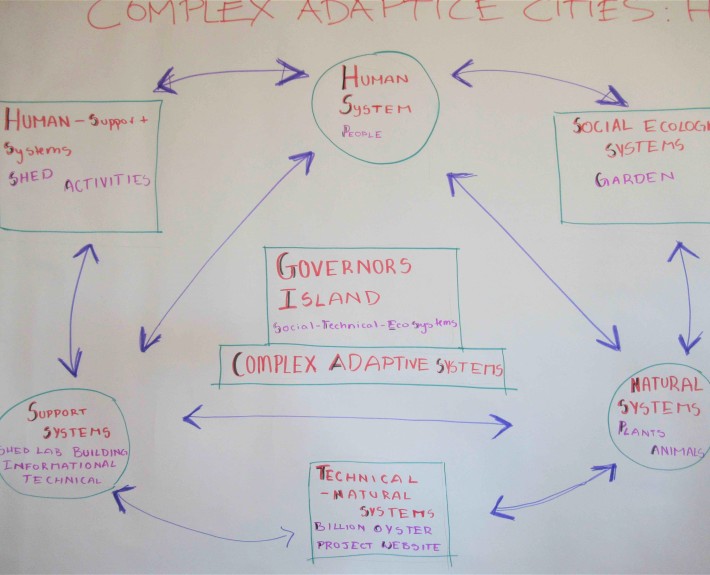
In the workshop, Rafael directed people to form groups and think about Governors Island’s past cycles and possible futures, taking to account its assets and potential deficits. Many identified real estate development as a potential danger for the natural and creative environment that the island could nurture.
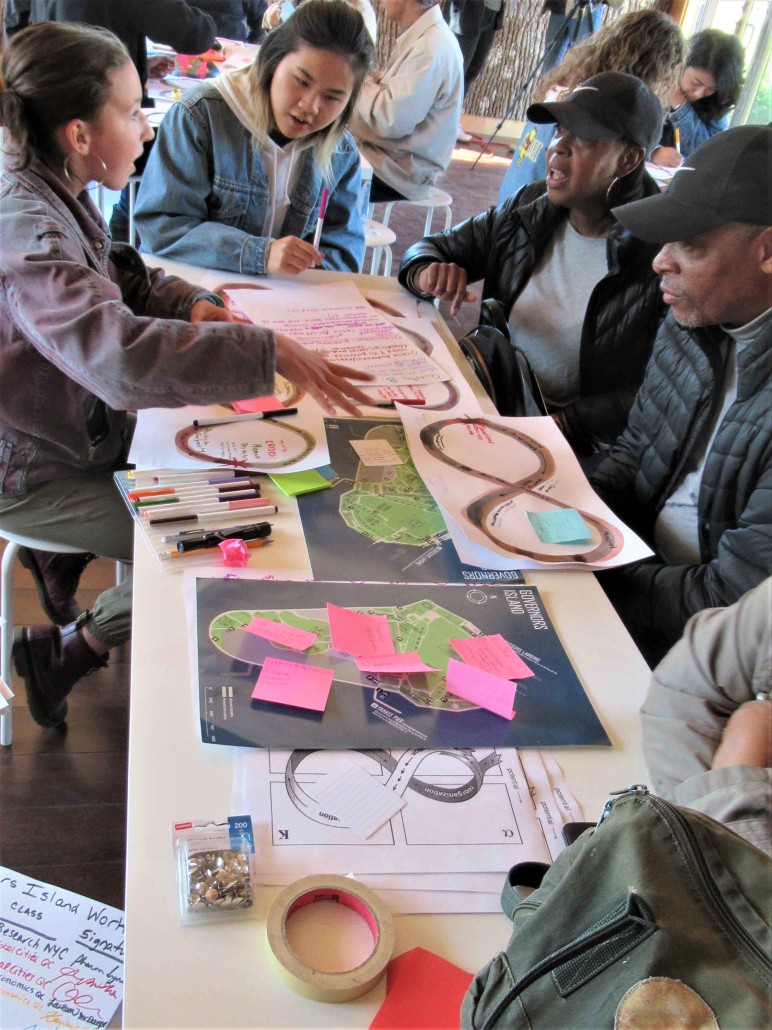
The groups moved outdoors to share the results of their brainstorming, though time ran out to take their findings on the road to engage more of the public via research cart. Many students from Rafael’s classes came out to participate, and a few stayed on to check out the other events in the day.
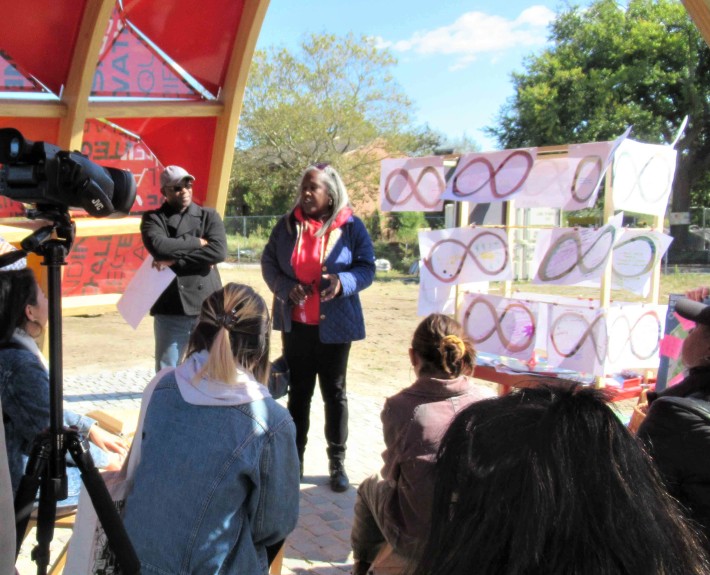
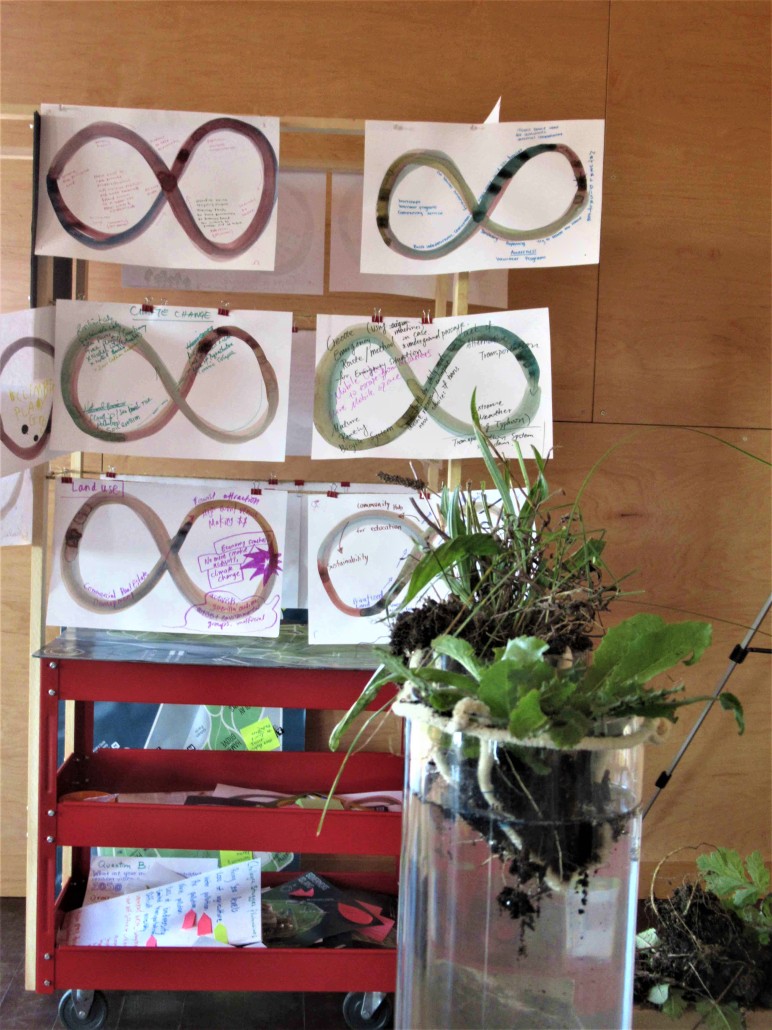
The tone changed abruptly (in the best of ways) as people filtered back into The Lab for the third workshop, Glomalin2020 by Bethany Fancher. Bethany was working the room with her miniature voice changer speakerphone, announcing the start of her presentation and pulling in young families from outside. She had set up the room to hold a mock campaign rally, complete with printed swag and demonstrations, for Glomalin, the soil fungus residue that keeps dirt healthy and clumpy.
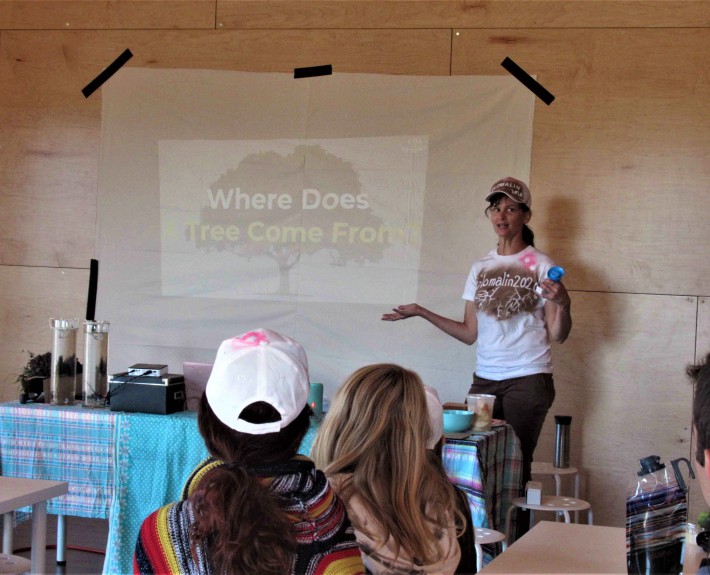
Recent breakthroughs in soil research reveal that Glomalin, and the network of fungus that creates it, is critical for soil nutrient balance, water absorption, as well as retaining CO2 in the ground. As a result, there are those who want to shift prevailing agricultural practices away from disruptive tilling to more “regenerative” methods. Bethany walked people through basic environmental cycle concepts as well as these findings via slideshow.
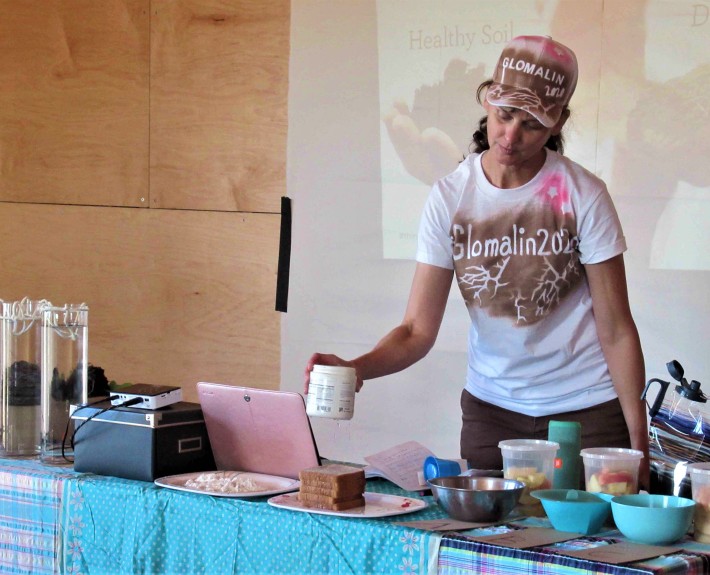
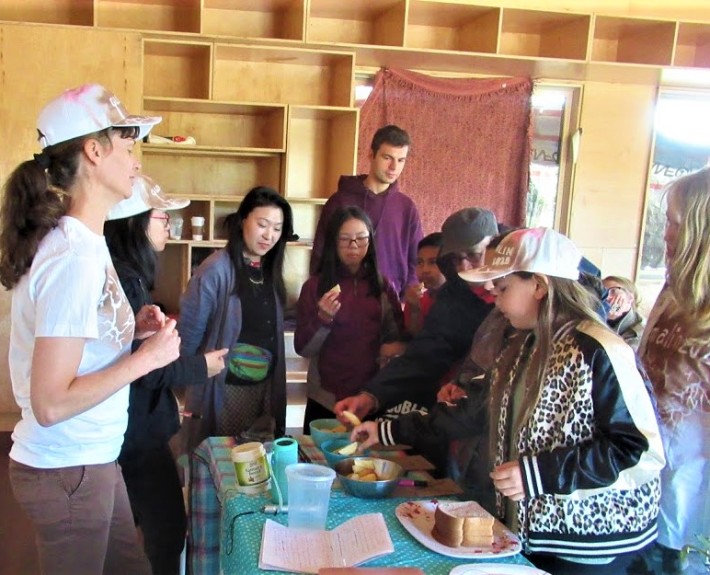
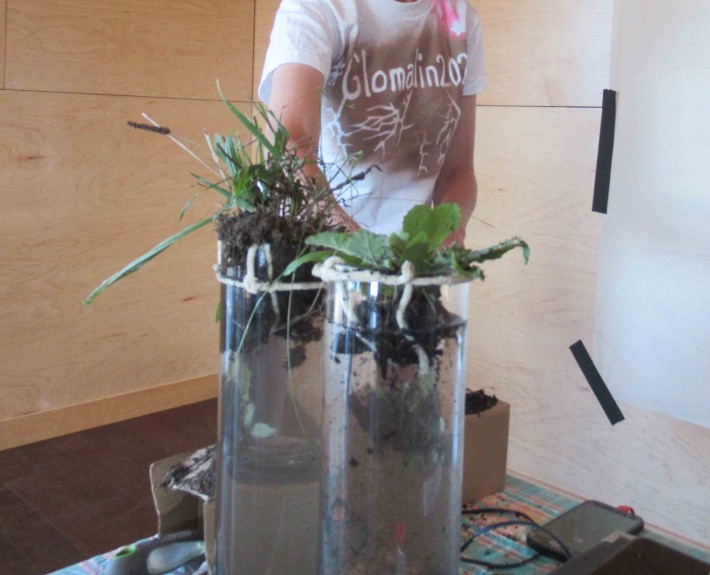
Demonstrations – Top: Bethany making it rain on a stack of sliced bread, showing the difference between structured and loose substances in their ability to absorb water; Middle: A taste test between organic and non-organic apples; Bottom: Soil from an untended area (left) compared to soil from a tilled garden (right).
The last workshop was Tierra espacio para habitar: How to fall in love with a river, pt. 3, organized by Erin Turner and Alix Camacho-Vargas. Erin represented the duo team that day. Their project was part of a series of reflective walks that bring disparate locations together for consideration through personal, interpersonal, historical, and imaginative creative exercises that tie into major ecological issues in unexpected ways.
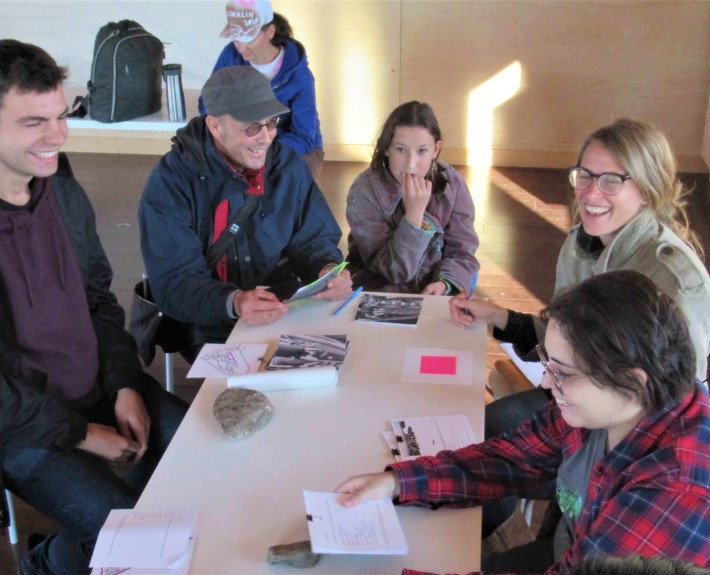
Erin directed everyone to choose from three prompt cards that had us either walking to find a view of the city, filling in word associations for the Urban Farm area, or looking at the water. The group agreed on how long we wanted to spend on individual silent walks and a time to return to The Lab (note: apparently if you want people to commit to participating, just ask!). On the back of the cards were portions of a larger image that we were to puzzle together when we returned.
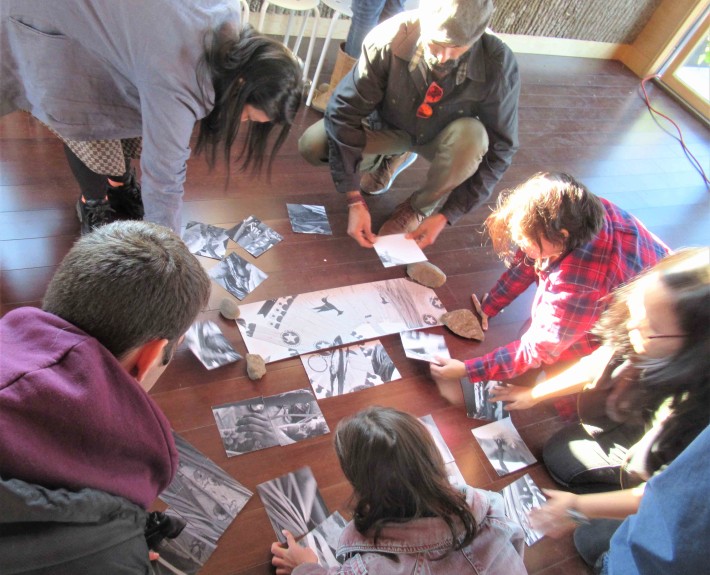
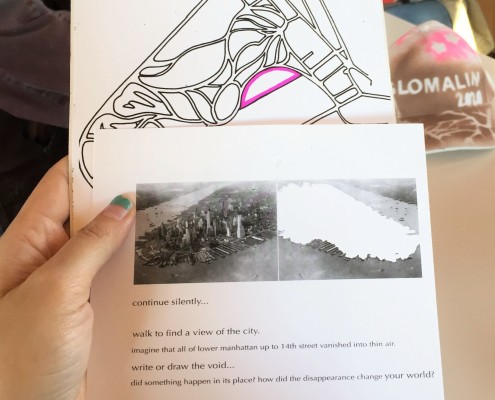
Many of the prompts focused on large swaths of land or water that we were familiar with as New Yorkers and imagining if they suddenly disappeared. The picture on the back of the cards was revealed to be an image of an Apache ceremony that originated from Oak Flat, Arizona, a territory sacred to the Apache which was recently swapped out of public ownership to become a copper mining site. Erin explained that this exercise was an attempt to close the distance between New York and Arizona and to help people empathize with the imminent loss of land and home that the Apache face in Oak Flat.
Though somber in its reminder of real problems across the country, it was a fitting way to the end the day of activities, slowing down the pace and in a way tying together elements from the other workshops: Native Indian communities and intimate connections to the land, destruction of ecosystems, that which builds up over time in the soil itself, and being present on Governors Island amidst the dizzying tasks of reckoning with the past and preparing for a precarious future.
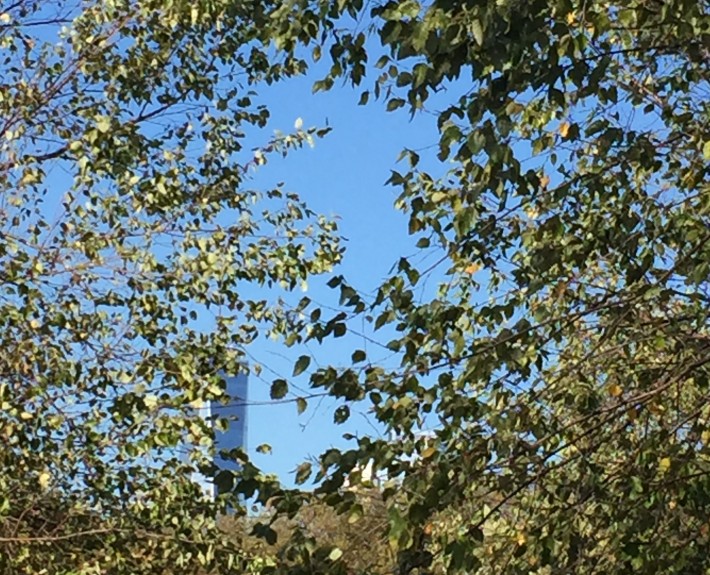
My (Naomi) view of the city from Governors Island.
The day was over, but all of us left (some with prop suitcase and research cart in tow, ready for the subways) with fresh insights into our public practices and collaborations, and new connections across the growing SPQ family. We hope to be back at Governors Island in the future!
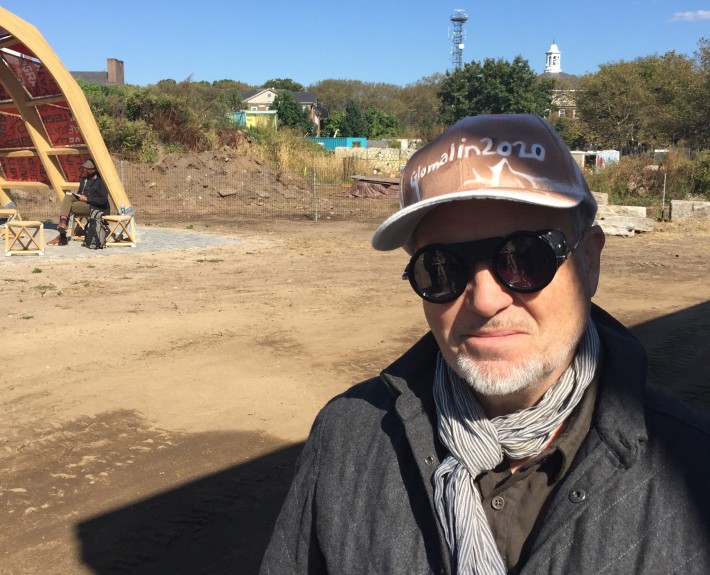
Greg Sholette getting into the Green Lab spirit repping Glomalin2020 swag.
——
SPQ Green Lab was supported by the office of the Associate Vice Chancellor of the City University of New York, CUNY Arts, as well as The Shelly & Donald Rubin Foundation.
